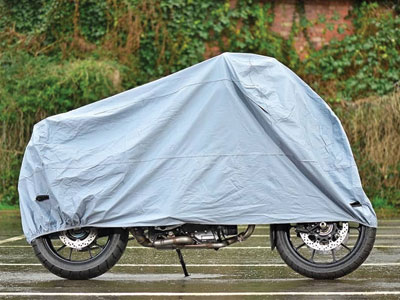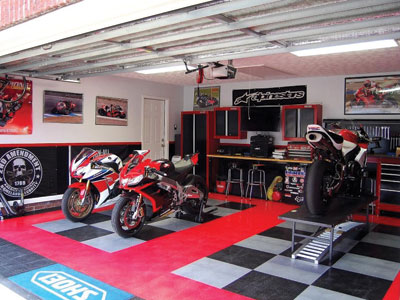How to park successfully?
For the majority of driving licence applicants, parking manoeuvres mean several hours of practice, sometimes with unsatisfactory results. However, it is important to master these manoeuvres. This will help you to obtain the desired driving licence. Whether for perpenducular parking, parallel parking or back-in-angled parking, the candidate must have a perfect knowledge of the safety rules and also a good control of the vehicle. This article helps you to find out how to park successfully.



